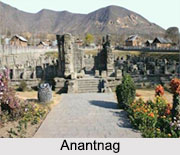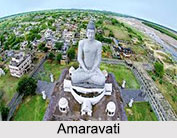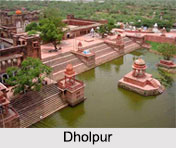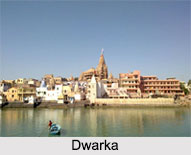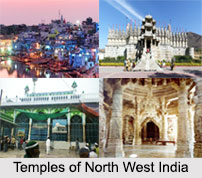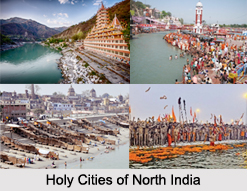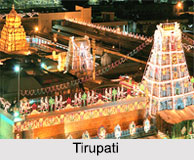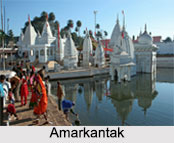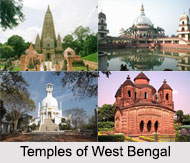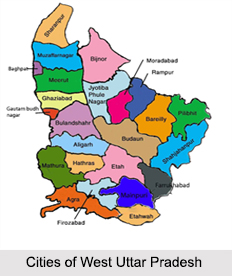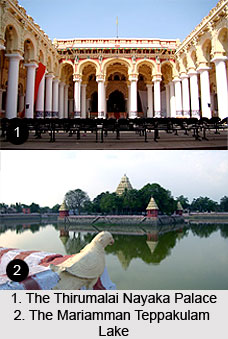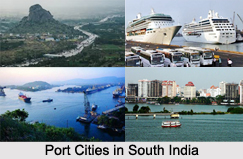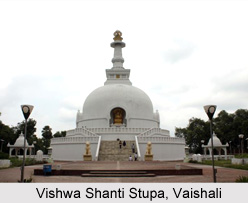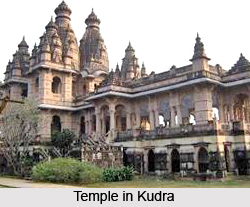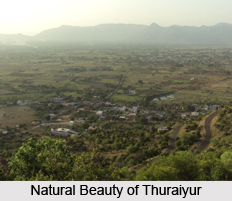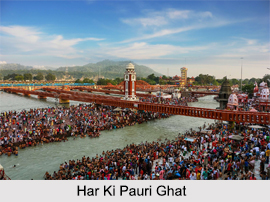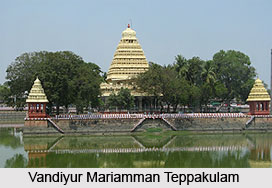 Vandiyur Mariamman Teppakulam is one of the largest tanks of South India. Situated at a distance of 5 kms from the Meenakshi Amman temple this tank has an island pavilion at the centre along with a garden. This tank is always filled with water as it receives water from River Vaigai through some underground channels. Known for the popular festival call float festival this tank has been a centre of major attractions in Madurai.
Vandiyur Mariamman Teppakulam is one of the largest tanks of South India. Situated at a distance of 5 kms from the Meenakshi Amman temple this tank has an island pavilion at the centre along with a garden. This tank is always filled with water as it receives water from River Vaigai through some underground channels. Known for the popular festival call float festival this tank has been a centre of major attractions in Madurai.
According to the local legends the place where the tank is situated was dug during the construction of the Thirumalai Nayakkar palace. Originally the place was excavated to provide bricks for the palace. Later on the place was considered auspicious and was filled with water which came from the underground streams of River Vaigai .This tank is surrounded with 12 long straight steps made of granite on all four sides of the lake and has a Vinayakar temple on the middle of the tank. The staircases as well as the temple were built by King Thirumalai Nayak.
Vandiyur Mariamman Teppakulam provides one of the most splendid sites during the Float Festival. During this festival the deity of Goddess Meenakshi and Sundareshvara is taken out of the temple which taken to the pond in a procession. These deities are then floated on a raft and taken to the centre of the island where it resides till the evening. The devotees make a number of visits to the island to pay homage to the deity. After completing its circular rotation around the lake the deity is placed at the centre of the island. The lake is tremendously decorated at night with numerous lights and colourful flags which provide a mesmerised reflection on the water. In the full moon night it provides some of the most attractive sights that often attract the devotees who visit the place from far off places.
Thus with its legends and colourful festival it is one of the most popular place in Madurai. This place is also known for the cultural heritage that is reflected in popular festivals of Madurai.
